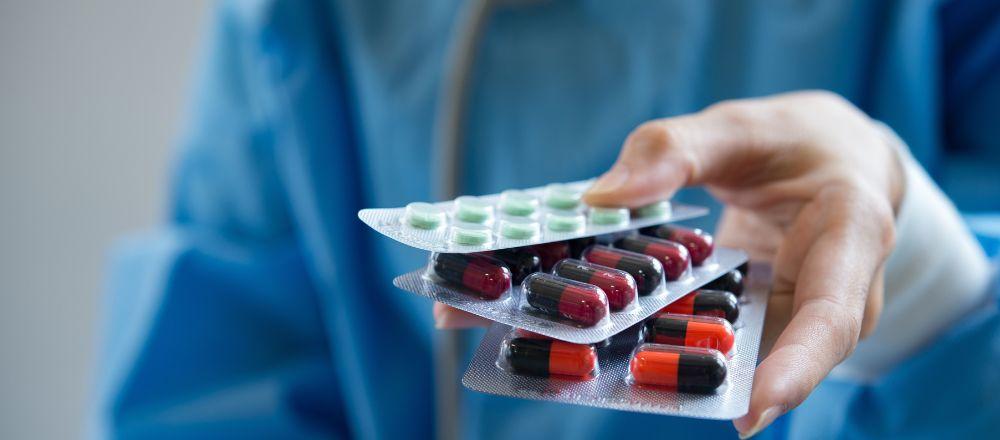What Is Tramadol?
Tramadol is an opioid-based prescription pain reliever. For many years, Tramadol was seen as a less dangerous opioid pain medication to provide to specific patients.
Tramadol was not even classified as a narcotic by the Drug Enforcement Administration until after 2014. Tramadol is not as powerful as Vicodin or other opiate pain relievers. However, Tramadol is an opioid prescription drug that may be misused, and people can get addicted to it.
It activates the opioid receptors in the brain and can have the similar effect as heroin or other opioid-containing prescription pain relievers. There is no opioid medicine or medication that does not have the potential to create addiction.
How long does tramadol take in the body?
The mechanism of action of tramadol explains some of its pharmacological properties, such as how long it remains in the body and what it does inside the central nervous system. It is transformed to its powerful form, desmethyltramadol, by enzymes in the liver, albeit a little amount remains as tramadol. The medicine replicates the actions of endorphins, the body’s natural pain control chemicals, in both forms.
That suggests tramadol will likely retain a concentration over 5% of the initial ingestion for 24 to 32 hours after its initial usage, which is an acknowledged measure for how long a medication “stays active.”
Tramadol Degradation in the Body
Tramadol’s path through the human body, like that of many other medicines, is determined by a number of variables.
The first of these aspects is the availability of the medication, which is impacted by both the amount taken and how the drug’s formulation interacts with bodily tissues.
Tramadol can be administered orally, rectally, or intravenously (into a muscle or vein). It is completely accessible to the bloodstream (called “bioavailability”) via injectable methods, whereas oral and rectal routes only provide around 75% of the medication.
Second, once in the bloodstream, a medication may remain there or be redistributed elsewhere. Some tramadol will reach the cells immediately. Some of the drug will escape from the cell. The rest is present in the bloodstream. Tramadol distribution inside the body is determined by various individual characteristics such as genetics and body composition.
The following question concerns how tramadol affects protein binding, or how much of the medication is bound to proteins in the circulation. 20% of the tramadol supplied initially becomes protein-bound: connected to a raft-like protein in the blood, enabling for faster transport but also making that component of the medication inert and inaccessible to other bodily compartments or for receptor activation.
When tramadol is contained within a bodily compartment, the body must determine what to do with the substance.
The enzyme CYP3D6 converts tramadol into the powerful desmethyltramadol. The remainder either stays as tramadol (both tramadol and desmethyltramadol are free to operate on mu-opioid or nerve cell receptors) or is slowly filtered from the circulation into the urine by the kidneys, where it is eliminated from the body. This is referred to as clearing. The digestive tract filters a little amount of tramadol into stools for elimination.
Drugs that are often ingested are also frequently removed. When the rates of drug intake and excretion equalize, the proportion of drug remaining is known as the steady state concentration.
Get Tramadol without a prescription from Pharmauniversal!
Tramadol can be purchased online from pharmauniversal without a prescription. Our staff also offers live help to consumers 24 hours a day, seven days a week. If you have a problem, our specialists will help you find the proper medicine. You can place your order on our website and receive next-day delivery when you do so. Place your order today!

